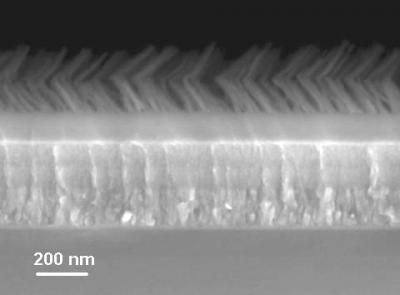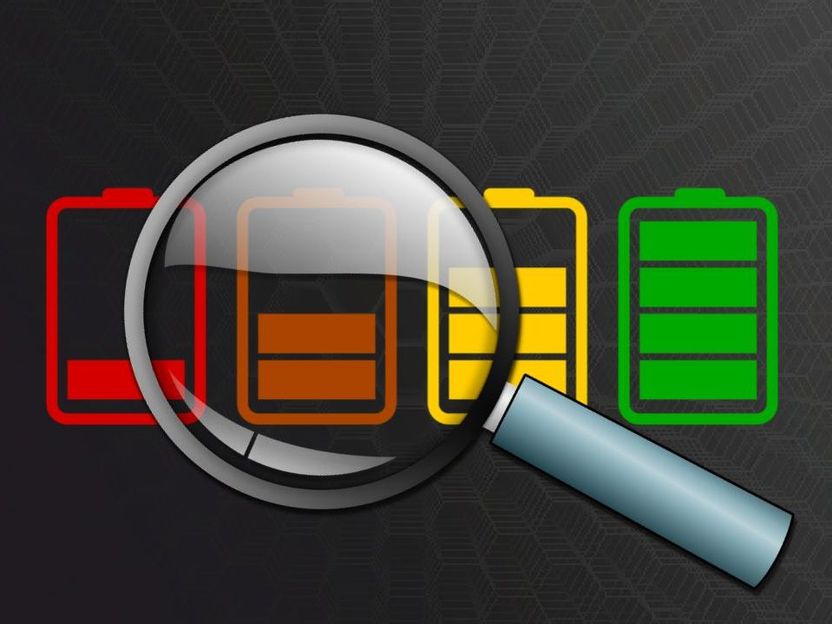Spin-polarized electrons on demand
With a single electron pump, PTB researchers provide 'counted' electrons with the desired spin
Advertisement
Many hopes are pinned on spintronics. In the future it could replace electronics, which in the race to produce increasingly rapid computer components, must at sometime reach its limits. Different from electronics, where whole electrons are moved, here it is a matter of manipulating a certain property of the electron, its spin. For this reason, components are needed in which electrons can be injected successively, and one must be able to manipulate the spin of the single electrons, e.g. with the aid of magnetic fields. Both are possible with a single electron pump, as scientists of the Physikalisch-Technische Bundesanstalt (PTB) have, together with colleagues from Latvia, now shown.
Electrons can do more than be merely responsible for current flow and digital information. If one succeeds in utilizing their spin, then many new possibilities would open up. The spin is an inner rotational direction, a quantum-mechanical property which is shown by a rotation around its own axis. An electron can rotate counterclockwise or clockwise. This generates a magnetic moment. One can regard the electron as a minute magnet in which either the magnetic North or South Pole "points upwards" (spin-up or spin-down condition). The electronic spins in a material determine its magnetic properties and are systematically controllable by an external magnetic field.
This is precisely the goal of spintronics (also called spin electronics): systemically control and manipulate single spins in nanometer-sized semiconductor components in order to thus utilize them for information processing. This would even have several advantages: The components would be clearly faster than those that are based on the transport of charges. Furthermore, the process would require less energy than a comparable charge transfer with the same information content. And with the value and direction of the expected spin value, further degrees of freedom would come into play, which could be used additionally for information representation. In order to be able to manipulate the spins for information processing, it is necessary to inject the electrons singly with predefined spin into a semiconductor structure.
This has now been achieved by researchers of the Physikalisch-Technische Bundesanstalt (PTB) in Braunschweig and the University of Latvia in Riga. In Applied Physics Letters , they present investigations of a so-called single electron pump. This semiconductor device allows the ejection of exactly one single electron per clock cycle into a semiconductor channel. In the measurements presented it was shown for the first time that such a single electron pump can also be reliably operated in high magnetic fields. For sufficiently high applied fields, the pump then delivers exactly one single electron with predefined spin polarization per pumping cycle. It thus delivers spin-polarized electrons virtually on demand. The robust design and the high achievable clock rate in the gigahertz range makes such a spin-polarized single electron pump a promising candidate especially also for future spintronic applications.
Original publication: B. Kaestner, Ch. Leicht, V. Kashcheyevs, K. Pierz, U. Siegner, and H. W. Schumacher; "Single-parameter quantized charge pumping in high magnetic fields."; Applied Physics Letters 2009, 94 012106.

































































